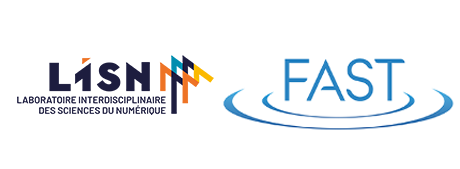
How to track down a source of odor when there is no track to follow? Many insects, such as mosquitoes, are capable of reaching a source of odor from dozens of meters away. While terrestrial animals can follow odor trails on the ground, such trails do not exist in the air: any smooth aerial trail is rapidly destroyed by random wind fluctuations. As a result, insects have to navigate an odor landscape made of few randomly scattered patches of odor. The same challenge is faced by marine crustaceans: to find food or mates, they use olfactory cues to navigate plumes of odor that are significantly altered by oceanic turbulence. A model POMDP (partially observable Markov decision process) was devised by Vergassola et al. (Nature, 2007) to mimic the searching conditions under which these animals operate. Far from a "toy" problem, this POMDP encompasses a physical model of odor dispersion in turbulence and its optimal solution is inaccessible to POMDP solvers. The best solution known to date is a simple, yet remarkably efficient, heuristic based on greedy exploration and called "infotaxis" (Vergassola et al., Nature 2007). In this talk I will review infotaxis and show how we can use deep reinforcement learning to approach the optimal strategy, thereby finally beating infotaxis.